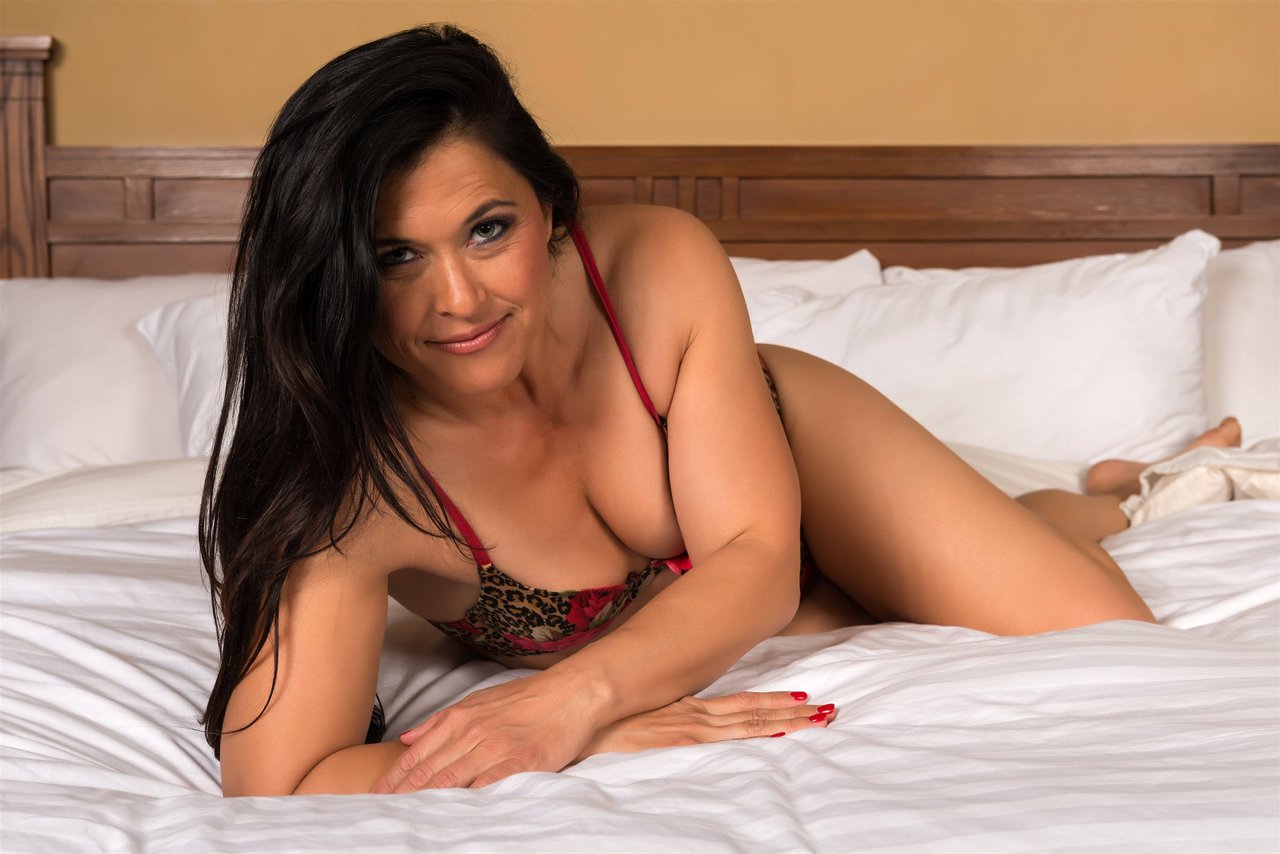The Psychology of Attraction: What Drives Us Far Beyond Physical Looks
Underneath every swipe, every glance that flickers into longing, the psychology of attraction sits quietly in control. It’s easy to believe attraction is all about pleasing features, but that’s only the first layer. Attraction isn’t skin deep — it’s a neural and emotional event, wired into the brain’s reward center. When you first meet someone who sparks your interest, your mind bathes in a rush of dopamine, the same feel-good hormone involved in reward, pleasure, and anticipation. This cocktail produces mild euphoria, the kind that drowns out logic and draws you back for more.
It’s not just chemistry. The neural response to someone we find appealing can be measured; researchers can literally see the brain light up, proving that the psychology of attraction is more than poetic language — it’s science in motion. But there’s a twist: what we’re pulled to isn’t always what makes sense to anyone else. Sometimes, a crooked smile or an unusual voice sets off that hidden spark. That’s your individuality at play — personal preference shaped by a lifetime of cues, missed connections, and secret longings.
For most, those initial moments of euphoria can feel like magic. But the deeper story lies in what comes after. Why do some people stick around in our minds while others drift away? The answer is complex — a dance of biology, psychology, and individual experience. What pulls you in may conflict with what you say you want. This is why it’s easy to crave a certain “type” in theory, but feel lightning-struck by someone totally different in real life.
According to psychologist Dr. Helen Fisher, love and desire activate different but overlapping brain systems, all orchestrated by neural pathways and hormones that push us toward connection. Human chemistry isn’t just about looks — it’s a full-body, full-mind event driven by neural response, social cues, and a potent dose of storytelling. We tell ourselves who we’re drawn to, and that story can shift, alter, and surprise us as we grow or change environment.
Looking closer at the psychology of attraction makes one fact clear: physical allure may start the fire, but it can’t keep it burning unless deeper triggers are hit. The more you learn about what really pulls you in — the quirks, the chemistry, the tone of a laugh or the comfort of a glance — the more equipped you are to recognize real, sustainable connection. Attraction is personal, but also profoundly human: a reminder that longing, excitement, and vulnerability shape every connection we form.
Next, we’ll break down the core types of attraction, digging beneath the surface to uncover the many ways we’re pulled to new people — and what those pulls reveal about ourselves.
Types of Attraction Explained: Layers Beyond the Obvious and Overlaps
Surface-level crushes feel simple, but true attraction is a web of different types. Understanding the main types of attraction opens a map of our inner world. Let’s get clear and honest about what really draws us in.
Emotional Attraction
This happens when you feel emotionally in sync. It’s not about looks — it’s about how someone makes you feel seen, heard, or safe. We crave intimacy, shared worries, and laughter that lights up the dark parts. Emotional attraction is what keeps late-night conversations running long after chemistry fades.
Intellectual Attraction
Some connections spark because someone’s mind challenges you. Intellectual attraction starts with thought-provoking conversations, shared curiosity, or a clash of viewpoints that sharpens your senses. This is what happens when a sense of humor aligns, or ideas tumble out like flint hitting steel.
Aesthetic Attraction
This form is visual pleasure — not strictly romantic or sexual. You notice someone’s look, their style, gestures, or expressive face. Aesthetic attraction is why you might admire a stranger on the street or want to be around someone for the pure comfort of their presence, without deeper longing or romantic intent.
Romantic Attraction
This is the pull to build something lasting, to plan, hope, or dream beyond the now. It’s the spark that makes you want to stay up talking, to care, to meet friends and family. Romantic attraction is broader than simple chemistry; it blends emotional safety and desire for deeper commitment.
Attraction to Authority
Many feel drawn to individuals with power or influence. Whether it’s a mentor, a boss, or a skilled professional, the confidence and control of authority figures can trigger a unique type of attraction. Sometimes, it overlaps with admiration or respect, other times it’s tied to wanting guidance or mentorship.
Often, these types overlap. Emotional and intellectual attraction fuel romantic bonds. Sometimes chemistry flickers alongside shared jokes or trust built over time. Everyone’s mix is different, shaped by past experience and present needs. This blend, personalized and ever-shifting, is what makes understanding attraction worth it — and why no two stories of connection ever feel the same.
Ready to look at what actually sets these types in motion? We’ll move into how attraction is triggered — and why you notice some people before they even speak.
Attraction Triggers: What Sets Off Chemistry Before Words Are Spoken
Something flickers — sometimes before you even know why. Attraction triggers work like codes the brain instantly recognizes, even if you don’t. Tangible, subtle, or invisible, triggers are the starting gun of every connection, built from millions of years of human evolution. What causes you to take that second look? The answer isn’t random, and it rarely follows logic.
Here’s a quick look at what science and lived experience say sparks attraction most reliably:
- Physical appeal: This includes facial symmetry, posture, and the subtle cues of health and vitality that signal reproductive fitness — standards that cross cultures but adapt with fashion.
- Voice: An inviting tone, confident delivery, or even a gentle laugh can set off primal interest. Research shows lower-pitched voices are often rated as more attractive.
- Scent: Unseen, but powerful. Natural body odor and pheromones shape attraction at a subconscious level. Scent is so personal that it can override appearances entirely.
- Sense of humor: Humor disarms. It signals intelligence, warmth, and a willingness to connect. A shared laugh builds instant camaraderie — and is often rated above looks in surveys of long-term attraction.
- Confidence: How someone carries themselves stands out before words are exchanged. Confident posture and clear eye contact invite approach, curiosity, and trust.
- Shared values: Discovering an alignment of priorities or beliefs creates an immediate sense of “us.”
- Novelty and surprise: When someone disrupts expectations or behaves unexpectedly (but positively), curiosity spikes and memory holds tight.
Most people are pulled in by a unique combination of these triggers. Maybe it’s a witty message, the trace of a scent, or the way someone holds your gaze — all signal potential interest and lay the groundwork for deeper attraction.
Even a small detail can become a personal trigger, based on hidden memories or past experience. According to research in the journal “Frontiers in Psychology,” different neural circuits respond to visual, auditory, and olfactory cues in individualized patterns . This makes every person’s triggers a bit different, explaining why what floors one person leaves another cold.
Wondering which triggers dominate for you? Pause and recall the details from your last crush. It’s the small things — a half smile, a shared joke — that often deliver the biggest rush. But the layers of what’s considered "attractive" don’t end here; culture’s influence is just as strong as biology’s pull.
Cultural Influence on Attraction: How Society Shapes Desire and Standards
Media and culture silently dictate what’s labeled desirable at any given moment. Not by accident — but by a chorus of advertising, trending movies, social circles, and generations of shifting ideals. The cultural influence on attraction can be as insidious as photoshop or as obvious as a viral dating app trend. If you grew up seeing certain body types, styles, or personalities celebrated, it’s nearly impossible not to absorb those cues.
Beauty standards shift. In the 1990s, “heroin chic” ruled runways. Now, fitness and strength are praised. Preferences reflect history, economics, even politics; what’s desirable in one period or region may be unremarkable or forbidden elsewhere. This means attraction is a moving target — shaped by advertisers, communities, and the people closest to us. "We are, to a larger extent than we might believe, products of our time and place," says sociologist Jean Twenge, PhD.
Peer groups amplify cultural cues. If your friends swoon over a certain type, you’re more likely to see the appeal — even if it’s outside your organic type. Shared values and collective influences blend with personal taste. The effect can be liberating (expanding your view of beauty) or limiting (making it hard to feel “enough”).
Even in dating apps, featured profiles often reinforce certain standards, further concentrating what people find attractive by what appears most often. This constant exposure tweaks natural preference, and sometimes creates insecurity through unrealistic comparison. Social platforms, film, and celebrity culture all teach us to desire certain physical or personality traits, even if they contradict our deeper instincts.
For anyone searching for real connection — or trying to break out of old patterns — it’s worth questioning: which of your attractions are truly yours, and which were learned? You can start by noticing which traits you automatically value and ask: who taught me this? Awareness is the first step in developing a more authentic approach to love and attraction, far beyond the surface glamour of trends. Peer influence will always play a role, but curiosity and honesty let you reclaim what truly matters to you.

